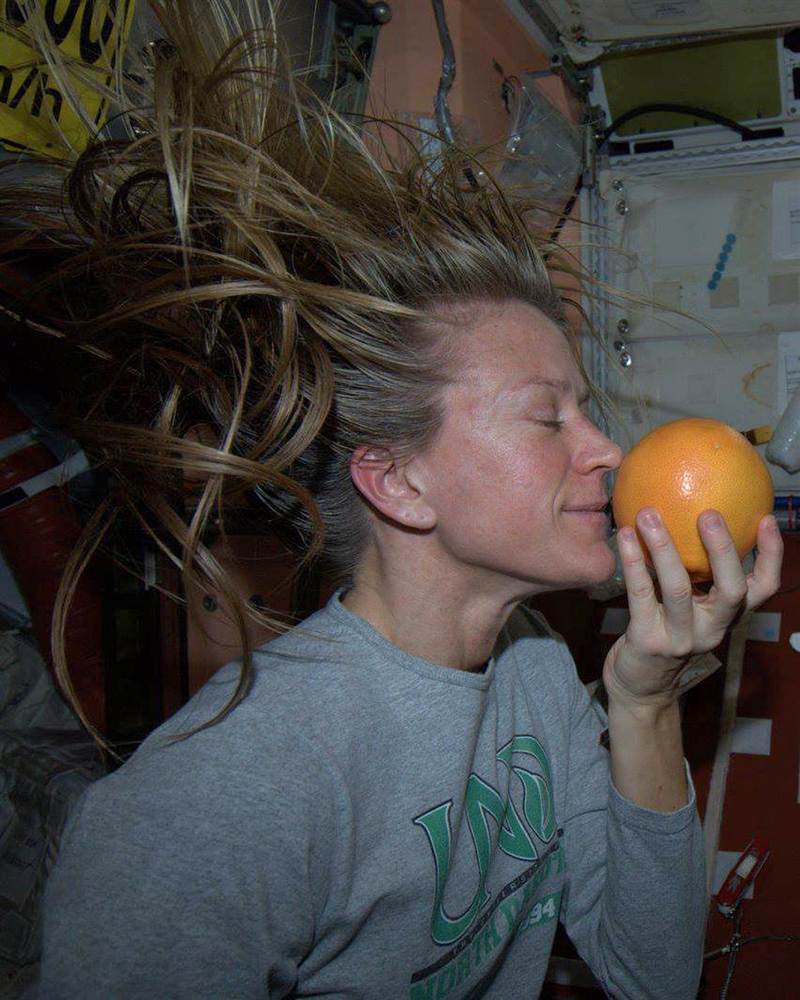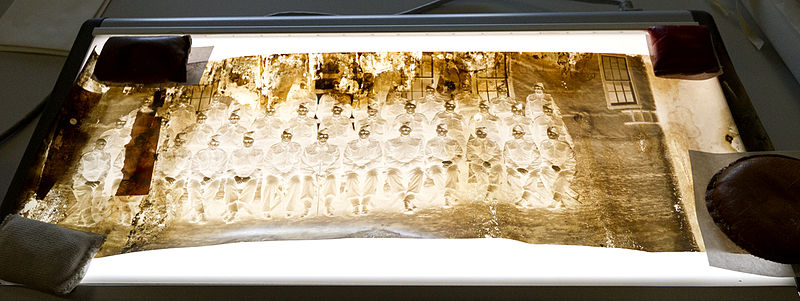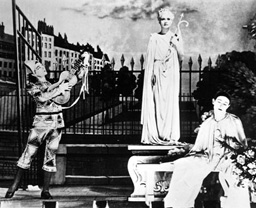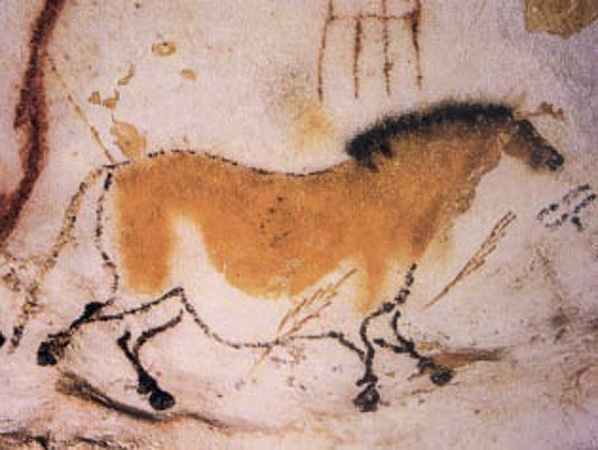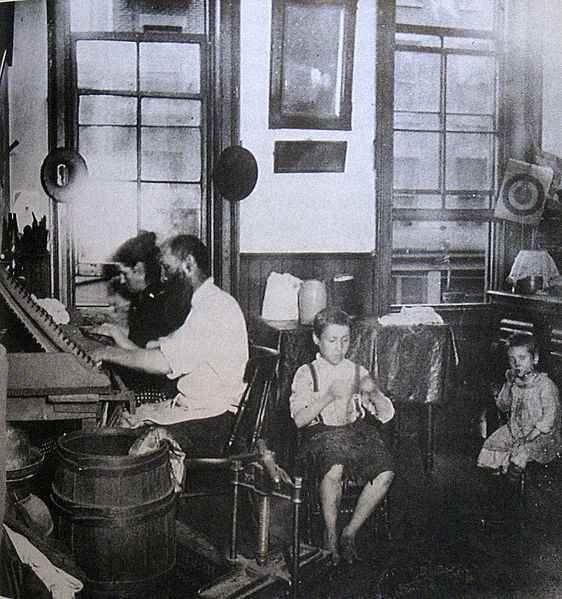[slideshow_deploy id=’3404’]
We have reached the beginning of August in New England, and the gardens are all marvelously ablaze with color. Last weekend my dear friend and reader, Eleanor invited my wife and I to see her garden at the height of its glory. Eleanor’s garden is filled with the most beautiful lilies imaginable, some of them with a breathtaking lavender hue, that I just love. Dragon flies and hummingbirds are everywhere (my cat was not invited). And what made it all very special was the fine mist of water droplets that covered everything with a fresh sense of expectant vitality.
Inspired we went this weekend to a fair that was being held at Elm Bank Reservation in Wellesley, Massachusetts, which is owned by the Massachusetts Horticultural Society. There I photographed: bees on pink cone flowers, hibiscus, and flowering grasses. I decided to experiment in this post with a little slide show of my flower work. Note, that if you place your mouse over the picture the title comes up.
Flower photography seems trivial because of power of color to delight our senses. It is in fact a tricky task. Finding just the right focus (best done in manual mode) and depth of field is an art. It is really best done with a tripod and a macrolens. But while not perfectly successful, I amused myself and got some acceptable if not brilliant images. I believe that if you’re concentrating on the task at hand and deliberate in your work, you can learn a lot.
So again the end of August and the dog days are near. I begin to get a bit wistful. The school traffic will be back soon, and my commute will lengthen. But the really nice point about New England is that the scene is always changing and the view is ever beautiful.

